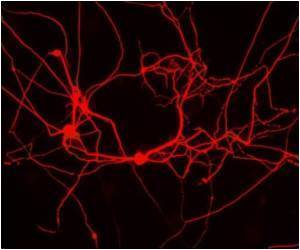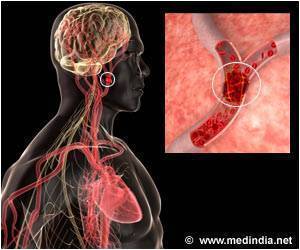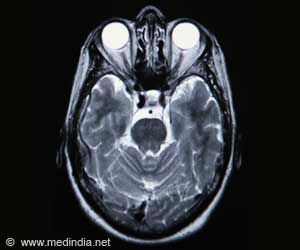
In their paper, electrical engineering Associate Professor Krishna Shenoy and post-doctoral researchers Mark Churchland, now a professor at Columbia, and John Cunningham of Cambridge University, now a professor at Washington University in Saint Louis, have shown that the brain activity controlling arm movement does not encode external spatial information—such as direction, distance and speed—but is instead rhythmic in nature.
Understanding the brain
Neuroscientists have long known that the neurons responsible for vision encode specific, external-world information—the parameters of sight. It had been theorized and widely suggested that motor cortex neurons function similarly, conveying specifics of movement such as direction, distance and speed, in the same way the visual cortex records color, intensity and form.
"Visual neurons encode things in the world. They are a map, a representation," said Churchland, who is first author of the paper. "It's not a leap to imagine that neurons in the motor cortex should behave like neurons in the visual cortex, relating in a faithful way to external parameters, but things aren't so concrete for movement."
Scientists have disagreed about which movement parameters are being represented by individual neurons. They could not look at a particular neuron firing in the motor cortex and determine with confidence what information it was encoding.
Advertisement
"Our main finding is that the motor cortex is a flexible pattern generator, and sends rhythmic signals down the spinal cord," said Churchland.
Advertisement
To employ an automotive analogy, the motor cortex is not the steering wheel, odometer or speedometer representing real-world information. It is more like an engine, comprised of parts whose activities appear complicated in isolation, but which cooperate in a lawful way as a whole to generate motion.
"If you saw a piston or a spark plug by itself, would you be able to explain how it makes a car move?" asked Cunningham rhetorically. "Motor-cortex neurons are like that, too, understandable only in the context of the whole."
In monitoring electrical brain activity of motor-cortex neurons, researchers found that they typically exhibit a brief oscillatory response. These responses are not independent from neuron to neuron. Instead, the entire neural population oscillates as one in a beautiful and lawfully coordinated way.
The electrical signal that drives a given movement is therefore an amalgam – a summation – of the rhythms of all the motor neurons firing at a given moment.
Source-Eurekalert









